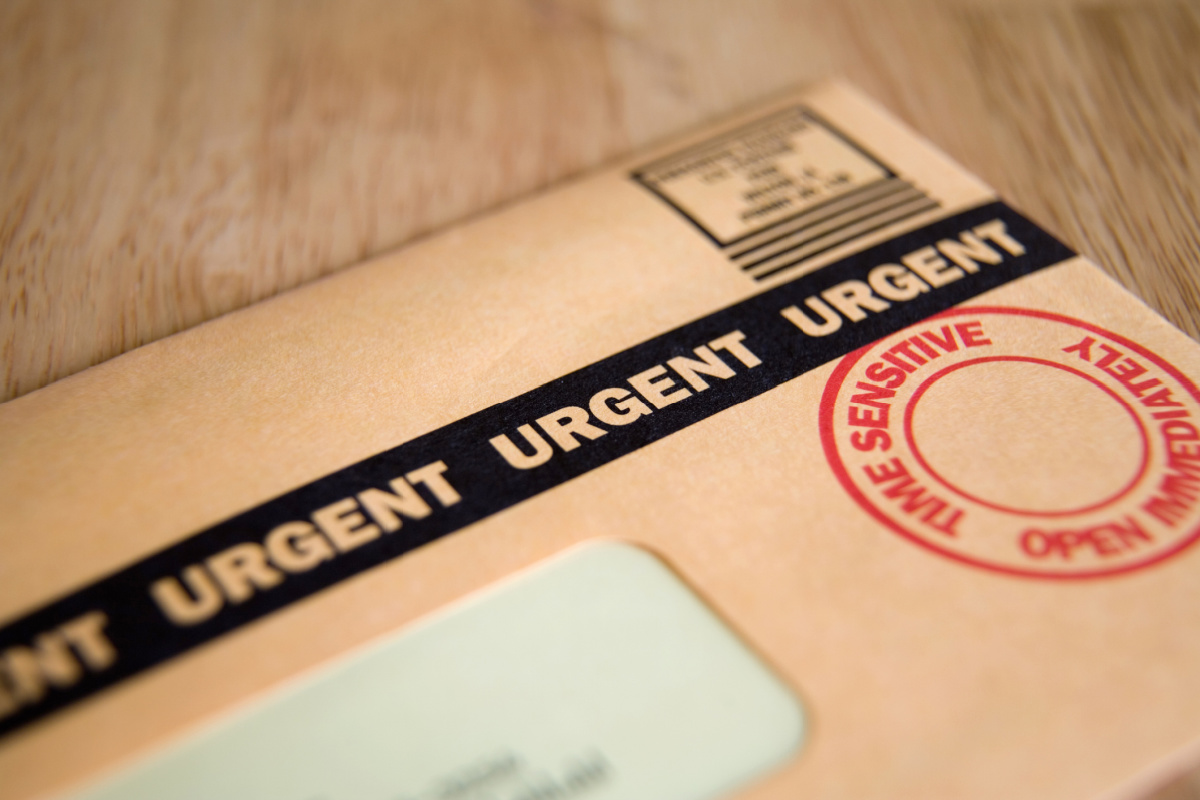Ever heard of TCPA?
Most people haven’t.
It stands for Telephone Consumer Protection Act. And it’s the second most frequent federal lawsuit after employment law claims. And now a medspa is on the receiving end.
Simply put, it’s a cash cow for plaintiff’s attorneys. And why not? As Willie Sutton once opined… he robbed banks because that’s where the money was.
What is it and what triggers it?
In 2019, TCPA is mostly triggered by SMS text message marketing. The business send offers to its prospects by text message. Text messages are generally opened and read. It’s effective.
SMS texting implemented by automated systems is regulated by the Telephone Consumer Protection Act of 1991 (TCPA). TCPA is enforced by the FCC. The FCC updated its TCPA regulations in July of 2015. And there’s a recent appellate court ruling which considered whether the FCC over-reached. That ruling created more questions than answers. The litigation machine roars on.
Initially, TCPA was designed to prevent dinner being interrupted by pre-recorded junk marketing calls to landlines. That was in 1991. When we had land lines and actually ate dinner together. Today, TCPA mostly tackles text messages.
The statutory damages for violating TCPA is $500 per text or actual damages, whichever is greater. The statutory damages are up to $1,500 per text for willful or knowing violations.
It doesn’t take much for this number to get large quickly. 1,000 x $500 = $500,000.
Because the number can get large quickly, class action lawsuits in this domain are enticing to attorneys, even when a business has done everything right. There is no cap on aggregate statutory damages. Multi-million dollar settlements are not uncommon.
In Kolinek v. Walgreen, Walgreens settled a class action suit for $11 million. What horrible thing did Walgreens do? A consumer provided his mobile number to Walgreens when he picked up a prescription. The pharmacist allegedly stated the number would only be used to verify his identity for future refills. Walgreens then sent messages reminding the consumer to pick up his refills. (Here, the number was not actually used to “verify his identity”; it was just a helpful reminder about refills.) The consumer filed a TCPA class action lawsuit. Multi-million dollar settlement. By the way, each consumer received about $20. The lawyers received millions.
How does a business prevent such mischief? If the text message is advertising or marketing, the business must obtain express prior written consent from each consumer who will receive a text. The consumer cannot be charged for the text. There’s a laundry list of items that must be included in a consumer’s written consent to be TCPA compliant. And the burden is on the business to obtain this consent. Getting this consent is like getting HIPAA consent for every consumer – yet again.
We’re sure a business that sells TCPA services will tell its clients not to worry. But, are they willing to indemnify the client for potential multi-million dollar judgment? Most errors and omissions or general business liability policies do not cover TCPA claims or they explicitly exclude TCPA claims. Medical malpractice insurance claims do not cover TCPA claims.
At least with medical malpractice, a plaintiff needs to allege an injury. The doctor is typically covered with medical malpractice insurance. And many states cap damages.
With TCPA, the sky is the limit. The mistake can be innocuous. And insurance is generally not available to ease the sting.
Still, it IS possible to promote robust SMS text message marketing campaigns and comply with TCPA. The time to get this right is before there’s a problem.
We’ve been preaching about this for several years now. Healthcare was late to the litigation fiesta. If you are doing ANY text message marketing or just considering it, get in touch with us. Now. Don’t think. Act.
Contact Us
We’re here to provide assistance to doctors in need of guidance. Fill out this online form to start the conversation, or schedule a 15-minute consultation using our online appointment manager.





Unfortunately class action lawsuits are a windfall for attorneys, and almost no money gets to the plaintiffs. However there is a solution. If the plaintiffs disagree with the compensation that the attorneys are likely to receive, they can petition the court for redress. In one recent case, based on the amount of proposed settlement, at $300/hour and assuming that 1/3 would go to the attorneys, 1/3 would go to attorneys expenses and 1/3 would go to the entire plaintiff class, the attorneys for their share would have worked 5000 hours. Since it is plain that nowhere near that amount of time was put in on this case it would seem reasonable to start petitioning courts for the attorney’s costs to be capped at 10% of the settlement, and that their expenses be similarly capped at 10% of the settlement. This would leave 80% for compensation of the injured parties. The attorneys would learn to live with less of a windfall (though it would still be a windfall for them). Most of these class action lawsuits are frivolous but the penalties for losing such a case at trial are so great (ie loss of the company itself), that EVERY plaintiff pays up. This is legalized extortion. But if plaintiffs are injured, they deserve the lions share of the damages.